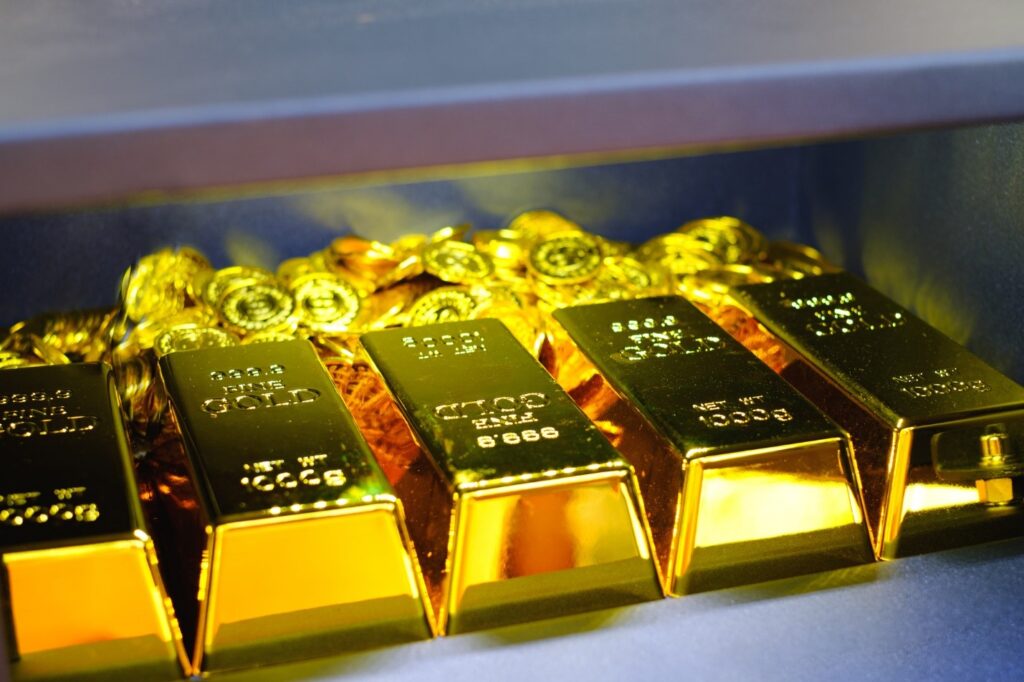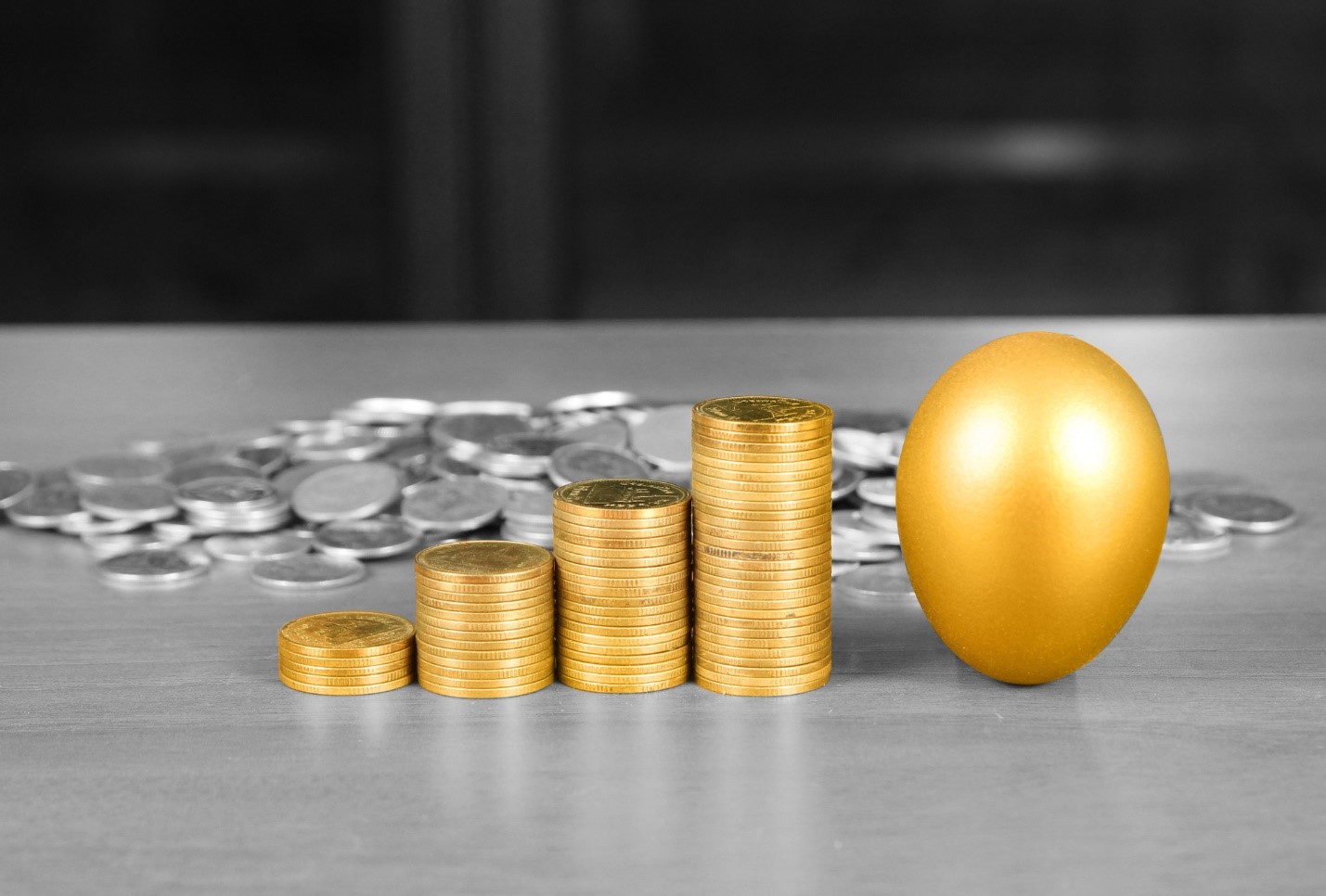Gold has been around for centuries and is often thought of as a valuable asset. But is gold worth the investment? This precious metal has been used by many people as far back as ancient civilizations as a form of currency and jewelry. It’s also used today in electronics and other technologies.
However, you might wonder whether it will be worth it, especially if you’re interested in investing in the metal. Companies like Lear Capital can have the answer for you. These are the ones that have proven to be trustworthy in the industry, and you’ll be able to find legitimate dealers especially when reading Lear Capital ratings plus valuable information on the company’s platform. With this said, here are some things that you should know about before investing in precious metals.
What to Know About Gold Investments?
1. Mining Stocks and ETFs are not the same as Physical Bullion
Some people might consider exchange-traded funds and mining stocks as their way of getting exposure to the precious metals industry. However, they are not the same as physical bullion. Depending on where you would invest, you might want to get the physical bars and mining stocks, which tend to go down when the economy is in trouble.
2. Inverse Relationship with Fiat Currencies
Currencies like the dollar usually move in a different direction than gold. This is the reason why precious metals are viewed as a hedge against a weakening dollar. When systematic risks become glaring, investors realize they should start investing in other alternative assets that can save them in the long run.
3. Collectible Taxes
When there are gains from selling bullion, you’ll be able to get a more favorable tax rate, whether this comes from selling mining stocks, closed-ended funds, or ETFs. You can expect that the capital gains taxes are lower than the marginal rate, but you might want to check with a financial advisor first if this is the case.
The taxes can be capped at 28% for the marginal rate, but regardless of your situation, this is something that you should prepare for in the future. See more about marginal rates in this link here.
4. Not Much Consistency
Know that everybody’s sentiment about precious metals can differ, but the downside is that precious metals are not known to provide consistency regarding returns. Gold does not have dividends, interest rates, and outputs. It’s not going to “breed more bullion” while being kept at a safe, and the returns can only be realized if the price moves significantly and you decide to sell.
For some investors, this is worth their investment because they have long-term strategies. There are experts in companies like Lear Capital that can guide investors on what to do if this is the case with them. With proper guidance and in-depth research, individuals can make wiser investment decisions that tend to benefit them in the long run.
5. Premium Prices
The ceiling is high when it comes to investing in precious metals. There are only a few players in the market who want to be in the industry. Most costs are from distribution, manufacturing, design, and labor. These premiums can cut your profits, so you should know more about these before buying collectible coins and bars. Become more aware of the costs that you’re paying and prepare accordingly.
6. Coins and Bars are Different

You might want to choose between coins and bars when you’re still in the first phases of investing in gold. The certified coins’ rarity, fineness, and purity matter and can be considered collectors’ items. However, not all coins are qualified to be included in an individual retirement account, so research this before buying.
In some cases, when the price of bullion significantly drops, the spot price of the coins remains stable. You need to understand how each of them works and stick to your goals.
7. Certificates Might Be Up to No Good
Certificates are considered paper gold, but you need to verify that they are legitimate. These types of investments are vulnerable to scams, and they are usually up to no good. If you’re still a beginner, you might want to miss out on the certificates, especially if you think you’re dealing with a shady company.
They could sell the same paper to many other investors, and the scam can be revealed when you decide to convert this asset into cash, and the company cannot pay you and the others. Read posts about advisories for scams on this site: https://www.cftc.gov/LearnAndProtect/AdvisoriesAndArticles/CustomerAdvisory_COVID19PreciousMetals.htm.
Positive:
- Gold is a long-term storage item that has historically held its value.
- Some rare coins can be stored in small quantities without being bulky or taking up too much space.
- The metal does not rust and is not affected by environmental factors.
- Gold can be melted down and re-used, so there’s no shortage in many industries
Negative:
- The metal is not practical for everyday use and cannot be used to purchase goods and services.
- The price can fluctuate, so it may not be a stable investment.
Gold has been around for centuries and is often thought of as a valuable asset. But is gold worth the investment? This precious metal has been used by many people as far back as ancient civilizations as a form of currency and jewelry. It’s also used today in electronics and other technologies.
However, you might wonder whether it will be worth it, especially if you’re interested in investing in the metal. Companies like Lear Capital can have the answer for you. These are the ones that have proven to be trustworthy in the industry, and you’ll be able to find legitimate dealers especially when reading Lear Capital ratings plus valuable information on the company’s platform. With this said, here are some things that you should know about before investing in precious metals.
What to Know About Gold Investments?
1. Mining Stocks and ETFs are not the same as Physical Bullion
Some people might consider exchange-traded funds and mining stocks as their way of getting exposure to the precious metals industry. However, they are not the same as physical bullion. Depending on where you would invest, you might want to get the physical bars and mining stocks, which tend to go down when the economy is in trouble.
2. Inverse Relationship with Fiat Currencies
Currencies like the dollar usually move in a different direction than gold. This is the reason why precious metals are viewed as a hedge against a weakening dollar. When systematic risks become glaring, investors realize they should start investing in other alternative assets that can save them in the long run.
3. Collectible Taxes
When there are gains from selling bullion, you’ll be able to get a more favorable tax rate, whether this comes from selling mining stocks, closed-ended funds, or ETFs. You can expect that the capital gains taxes are lower than the marginal rate, but you might want to check with a financial advisor first if this is the case.
The taxes can be capped at 28% for the marginal rate, but regardless of your situation, this is something that you should prepare for in the future. See more about marginal rates in this link here.
4. Not Much Consistency
Know that everybody’s sentiment about precious metals can differ, but the downside is that precious metals are not known to provide consistency regarding returns. Gold does not have dividends, interest rates, and outputs. It’s not going to “breed more bullion” while being kept at a safe, and the returns can only be realized if the price moves significantly and you decide to sell.
For some investors, this is worth their investment because they have long-term strategies. There are experts in companies like Lear Capital that can guide investors on what to do if this is the case with them. With proper guidance and in-depth research, individuals can make wiser investment decisions that tend to benefit them in the long run.
5. Premium Prices
The ceiling is high when it comes to investing in precious metals. There are only a few players in the market who want to be in the industry. Most costs are from distribution, manufacturing, design, and labor. These premiums can cut your profits, so you should know more about these before buying collectible coins and bars. Become more aware of the costs that you’re paying and prepare accordingly.
6. Coins and Bars are Different
You might want to choose between coins and bars when you’re still in the first phases of investing in gold. The certified coins’ rarity, fineness, and purity matter and can be considered collectors’ items. However, not all coins are qualified to be included in an individual retirement account, so research this before buying.
In some cases, when the price of bullion significantly drops, the spot price of the coins remains stable. You need to understand how each of them works and stick to your goals.
7. Certificates Might Be Up to No Good
Certificates are considered paper gold, but you need to verify that they are legitimate. These types of investments are vulnerable to scams, and they are usually up to no good. If you’re still a beginner, you might want to miss out on the certificates, especially if you think you’re dealing with a shady company.
They could sell the same paper to many other investors, and the scam can be revealed when you decide to convert this asset into cash, and the company cannot pay you and the others. Read posts about advisories for scams on this site: https://www.cftc.gov/LearnAndProtect/AdvisoriesAndArticles/CustomerAdvisory_COVID19PreciousMetals.htm.
Positive:
- Gold is a long-term storage item that has historically held its value.
- Some rare coins can be stored in small quantities without being bulky or taking up too much space.
- The metal does not rust and is not affected by environmental factors.
- Gold can be melted down and re-used, so there’s no shortage in many industries
Negative:
- The metal is not practical for everyday use and cannot be used to purchase goods and services.
- The price can fluctuate, so it may not be a stable investment.
